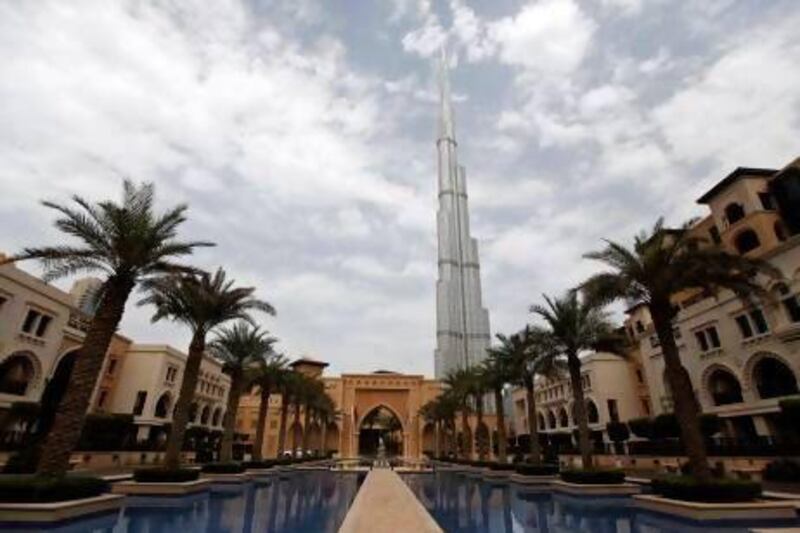Dubai aims to double the number of visitors to the city by 2020 and triple revenues generated from tourism.
Sheikh Mohammed bin Rashid, Vice President of the UAE and Ruler of Dubai, yesterday signed off on a programme that seeks to bring 20 million visitors by the end of the decade, according to the state news service Wam.
The Government believes that this would boost revenues from tourism to Dh300 billion and treble the sector's contribution to the emirate's GDP.
Optimism has returned to Dubai since its property sector came under severe pressure in 2009, and many shelved tourism projects have been restarted.
Sheikh Mohammed last year gave the green light for Mohammed bin Rashid City, a vast complex of 100 new hotels and the world's largest shopping mall. The Taj Al Arab, a replica of India's Taj Mahal four times the size of the original, is also to go ahead, as are plans for five theme parks that come at a cost of Dh10bn.
"The strategy behind the Dubai Tourism Vision for 2020 will further leverage a sector which has been a central pillar in the city's economic growth, success and diversification," Helal Saeed Almarri, the director general of the Department of Tourism and Commerce Marketing (DTCM), is quoted as saying by Wam.
Dubai's economy grew by 4.1 per cent in the first half of last year, the biggest GDP increase in five years. Tourism has played a key role in reviving Dubai's economic fortunes. Its airport is now the world's second-busiest, according to data released in March.
Data from the World Travel and Tourism Council show that the sector's contribution to the overall GDP of the UAE last year was Dh182 billion and is set to rise 4.3 per cent annually to Dh277.8bn by 2022, equivalent to 14.6 per cent of GDP.
According to the Dubai Chamber of Commerce and Industry, 10 million tourists visited the city last year, an increase of more than 9 per cent. The flow of visitors to Dubai has doubled over the past eight years, says Wam. Dubai's strategy relies on growing visitor numbers while at the same time encouraging each tourist to spend more money in the emirate. It looks to maintain Dubai's current market share of a sector that is growing worldwide, and increase the city's visibility in emerging markets in Asia, Latin America and Africa. It also hopes to encourage repeat visits, and to lengthen the average stay from the present 3.76 days.
"Today's conference delegate is tomorrow's holidaymaker and there are a number of steps we can take to encourage the business traveller to extend their stay or return for leisure trips with friends and family," said Mr Almarri.
The DTCM wants to build on a range of events, such as the Dubai Shopping Festival, to add to the city's appeal. The emirate has launched a bid to host the World Expo in 2020, and a successful bid would boost Dubai's visibility, said Mr Almarri.
Implementing grand schemes such as Mohammed bin Rashid City will be helped by falling borrowing costs, as liquid Asian investors are piling money into the region's debt markets, offsetting the hesitancy of European banks to lend following the EU sovereign debt crisis. Dubai's creditworthiness is starting to improve after it restructured much of its debt, further lowering financing costs.
Sheikh Mohammed called for a concerted effort to meet the new target. "We are aware that such goals are ambitious," he is quoted by Wam as saying. "[The] partnership between the Government and private sectors is a source of our pride and we will do all that it takes to make it a success."





